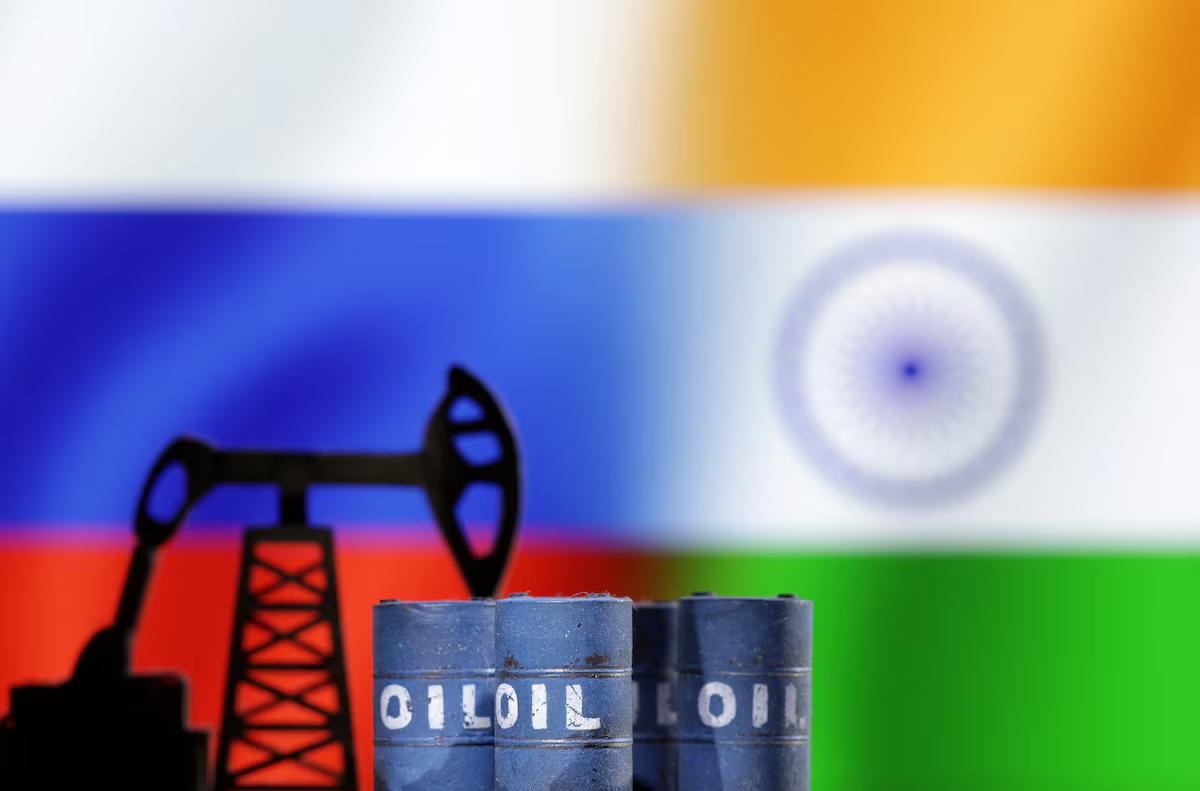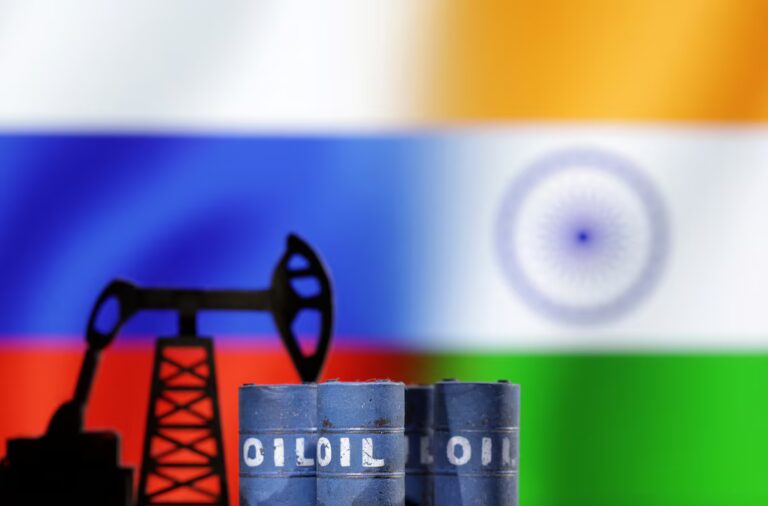NEW DELHI/MOSCOW — Russia has solidified its position as India’s top crude oil supplier, maintaining high shipment volumes throughout 2025 despite intensifying geopolitical pressure, including new sanctions from the United States and the European Union. New Delhi’s pragmatic, needs-based energy policy continues to prioritize securing discounted Russian barrels to meet soaring domestic demand and manage inflation.
Industry data and analysis firm forecasts indicate that Russia remains the largest single supplier to India, consistently accounting for approximately one-third of the nation’s crude import basket. While monthly volumes have seen minor fluctuations, the sustained flow of Russian crude—averaging around 1.6 to 1.8 million barrels per day (mbd) for much of the year—underscores the deep economic ties forged in the wake of the 2022 conflict in Ukraine.
The Economic Imperative for New Delhi
India, the world’s third-largest oil consumer and a refining hub, is driven by a stark economic necessity. The country’s reliance on imported crude has continued to climb, hitting nearly 88.4% in the first half of the current fiscal year (FY26) due to rising energy demand and stagnant domestic production.
The steep discounts offered on Urals and other Russian grades remain the primary incentive. Analysts estimate that India has saved billions of dollars since dramatically increasing Russian imports from a pre-2022 share of less than 1%. These savings are critical for keeping domestic fuel prices stable and mitigating inflationary pressures on the broader economy.
As one industry expert noted, “Russian oil is central to India’s immediate energy security. Substituting these volumes with market-priced crude from the Middle East or the Americas would significantly hike the import bill, which would ultimately be borne by the Indian consumer.”
Sanctions and Strategic Recalibration
The sustained high volumes come even as the geopolitical landscape grows more complex. Recent targeted sanctions by the U.S. against major Russian oil producers, Rosneft and Lukoil, have created a significant hurdle for Indian refiners.
- Private Refiners Adjust: Private-sector giants like Reliance Industries, which holds long-term contracts with Rosneft, are reportedly recalibrating their sourcing to comply with international regulations and avoid secondary sanctions, potentially shifting to unsanctioned third-party intermediaries for Russian crude.
- State-Owned Caution: State-owned refiners are conducting rigorous reviews of their supply chains to ensure they do not deal directly with sanctioned entities, though they are expected to continue procuring Russian crude indirectly as long as it aligns with New Delhi’s guidelines.
- Navigating the Trade-Off: The Indian government faces a delicate balancing act, as the U.S. has simultaneously imposed steep tariffs on Indian exports, explicitly linking them to continued purchases of Russian oil. India’s official stance, however, remains that its energy policy is dictated purely by national interest and consumer needs, not external pressure.
Long-Term Diversification vs. Immediate Needs
While Russian crude maintains its dominance, the sanctions pressure has accelerated India’s push for supply diversification. Reports indicate that Indian refiners are increasing procurement from traditional suppliers in the Middle East—such as Iraq and Saudi Arabia—and exploring expanded long-term contracts with suppliers in the Americas and Africa.
Nevertheless, experts emphasize that a rapid, complete shift away from Russian oil is practically impossible in the short term, given the sheer volume involved and the logistical and economic advantages Russia currently provides.
“India’s strategy is clear: maintain discounted Russian supplies for economic leverage while strategically expanding the basket of global suppliers to enhance long-term energy resilience,” said a senior fellow at a New Delhi-based think tank. “The geopolitical risks are being managed through complex trade structures and diplomatic engagement, but the foundational trade will persist as long as the economic case remains overwhelmingly strong.”
The continued high flow of Russian crude into India in 2025 thus serves as a powerful illustration of New Delhi’s pragmatic foreign and economic policy, prioritizing its vast developmental energy needs over alignment with Western sanctions.





